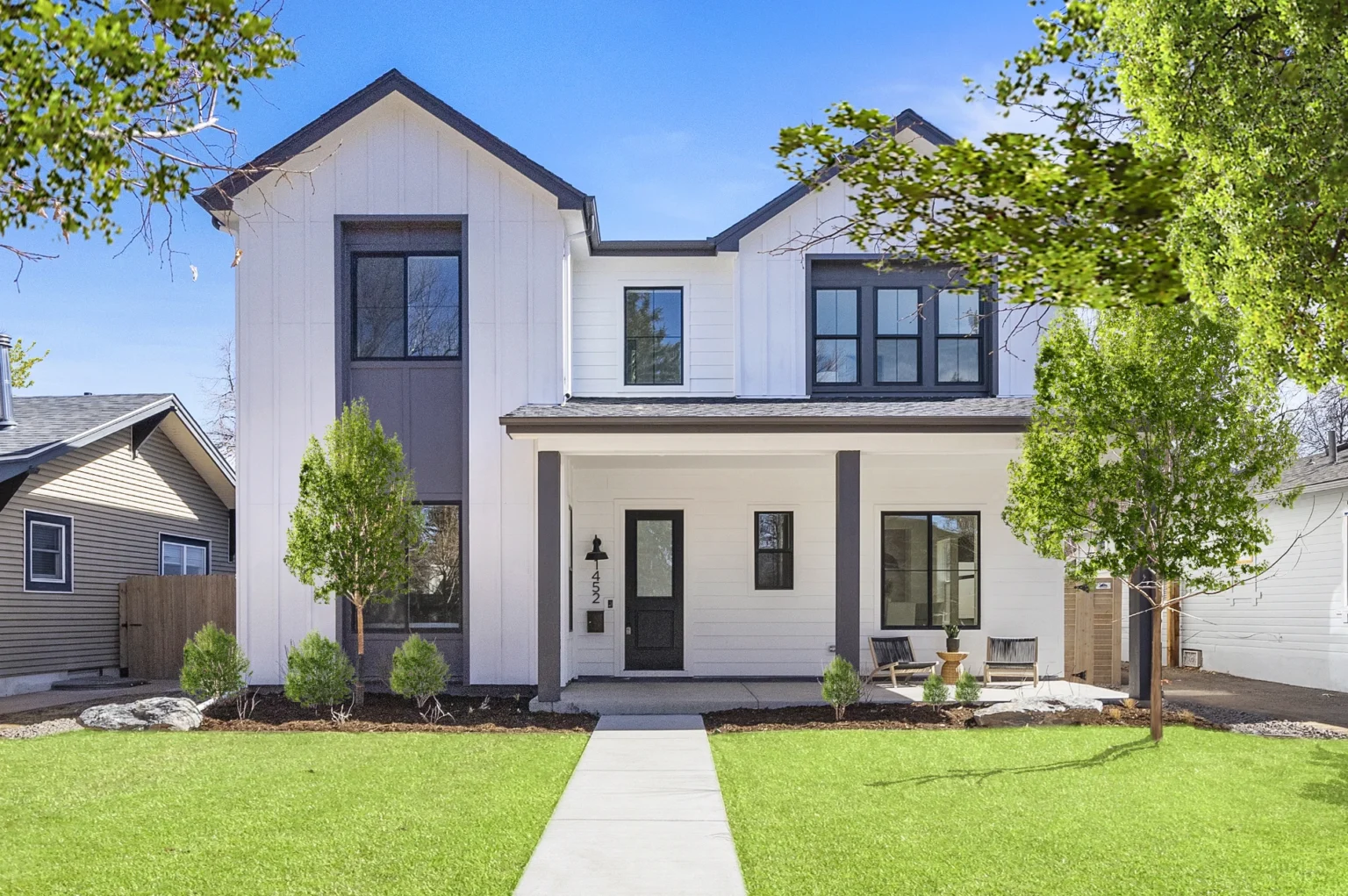
In the rapidly evolving world of technology, its impact on modern home facilities cannot be overstated. From smart appliances to automated security systems, the way we design and interact with our homes is constantly changing. This article explores how technology is shaping the design of modern home facilities to meet the needs of today and tomorrow.
The Rise of Smart Home Technology
One of the most significant trends in modern home design is the integration of smart home technology. This refers to the use of connected devices and systems that can be controlled remotely or operate autonomously. Here are some ways in which smart home technology is shaping modern home facilities:
Benefits of Smart Home Technology
- Increased convenience and efficiency in daily tasks.
- Improved energy efficiency through automated systems.
- Enhanced security with remote monitoring and control.
- Customizable settings to suit individual preferences. You can check out this link If you are looking for a modern home design facility.
Examples of Smart Home Devices
- Smart thermostats that adjust the temperature based on usage patterns.
- Voice-activated assistants like Amazon Echo or Google Home.
- Smart lighting systems that can be controlled from a smartphone.
- Security cameras with facial recognition technology.
Sustainability and Energy Efficiency
Another crucial aspect of modern home design is a focus on sustainability and energy efficiency. With growing concerns about climate change and rising energy costs, homeowners are increasingly looking for ways to reduce their environmental impact and save money on utility bills. Here are some ways in which technology is helping to make homes more sustainable:
Green Building Materials
- Use of recycled or eco-friendly materials in construction.
- Energy-efficient windows and insulation to reduce heating and cooling costs.
- Solar panels for generating clean and renewable energy.
Smart Energy Management Systems
- Smart meters for monitoring energy consumption in real-time.
- Automated systems that adjust lighting and temperature to conserve energy.
- Energy-efficient appliances that use less electricity and water.
Home Automation and Convenience
Technology is also revolutionizing the way we interact with our homes, making everyday tasks easier and more convenient. Home automation systems allow homeowners to control various aspects of their homes with a simple touch of a button or voice command. Here are some ways in which home automation is shaping modern home facilities:
Key Features of Home Automation
- Remote access to home security cameras and alarms.
- Integration of entertainment systems for a seamless viewing experience.
- Automated blinds and curtains that can be programmed to open and close at specified times.
- Smart kitchens with connected appliances that can be controlled from a smartphone.
Future Trends in Home Automation
- Increased integration of artificial intelligence for predictive home automation.
- Expansion of voice control systems for hands-free operation of home devices.
- Growth of smart home hubs that centralize control of all connected devices.
Conclusion
As technology continues to advance at a rapid pace, the design of modern home facilities will undoubtedly be shaped by these innovations. From smart home technology to sustainable building practices and home automation systems, the future of home design is set to be more connected, efficient, and convenient than ever before. By embracing these trends and incorporating them into our homes, we can create living spaces that not only meet our needs today but also adapt to the challenges and possibilities of tomorrow.
